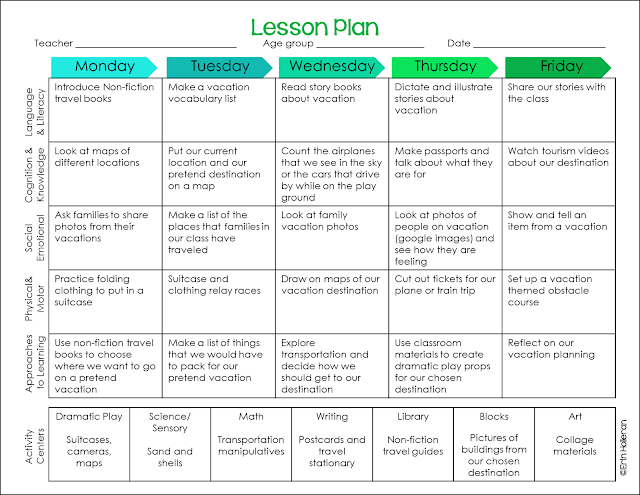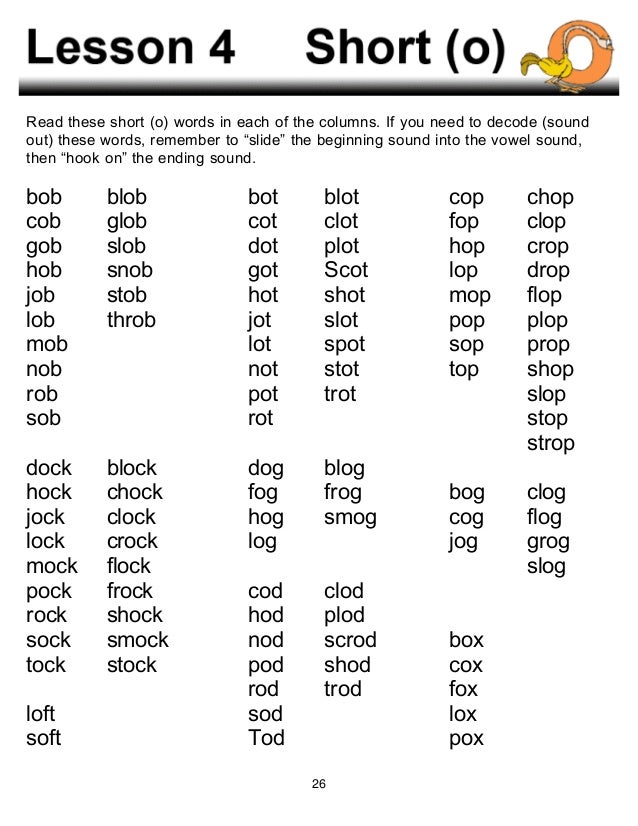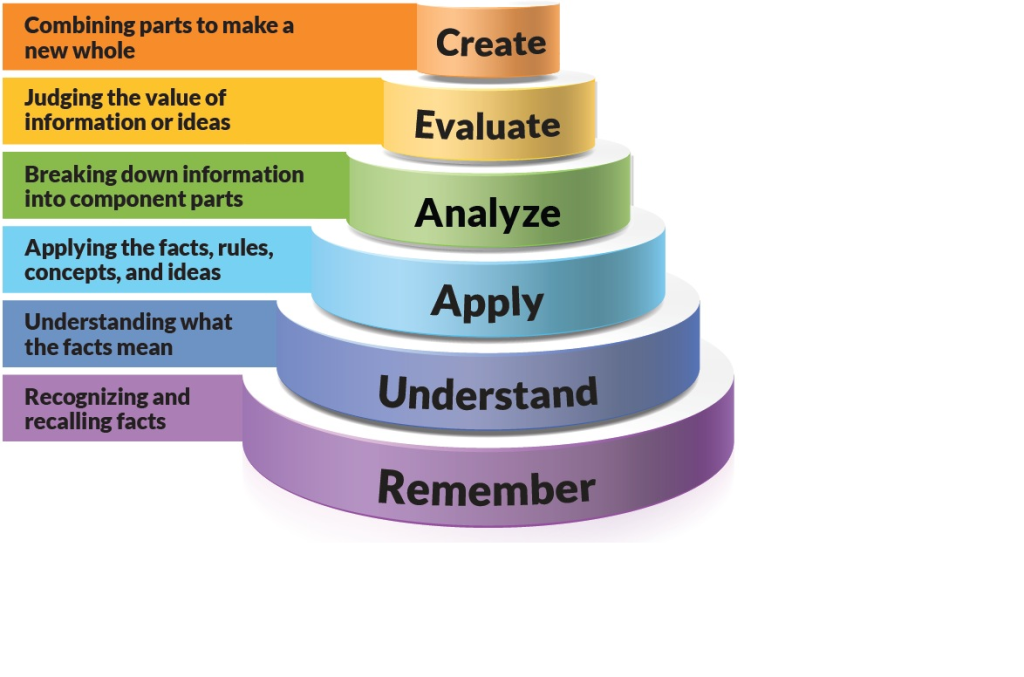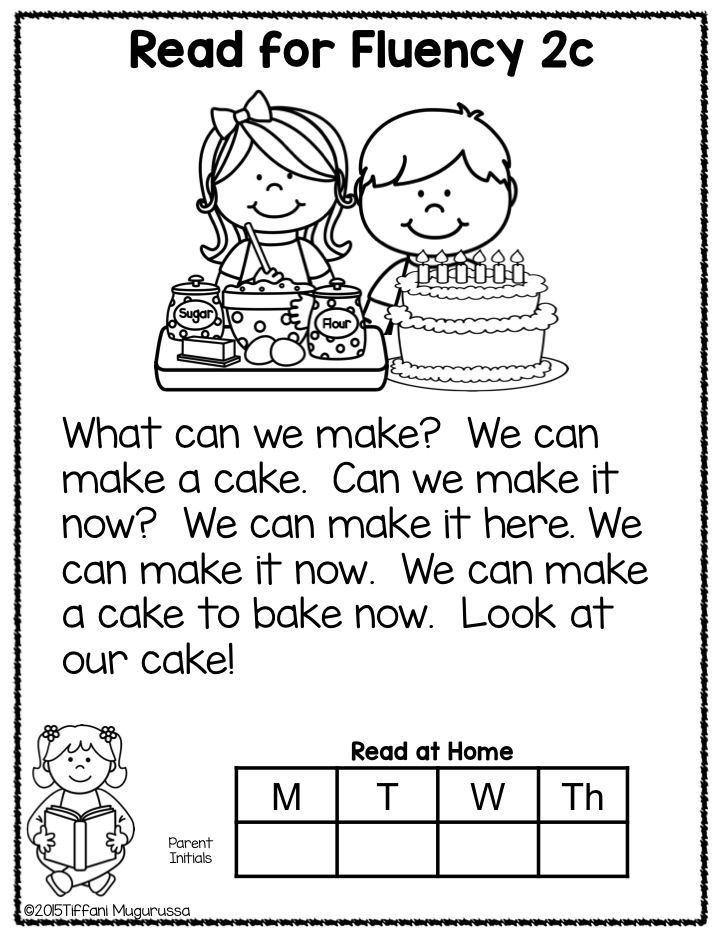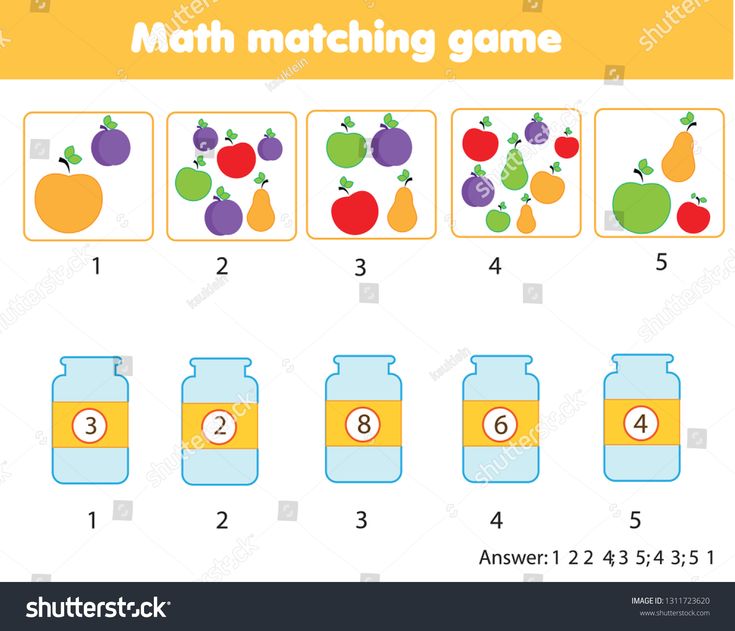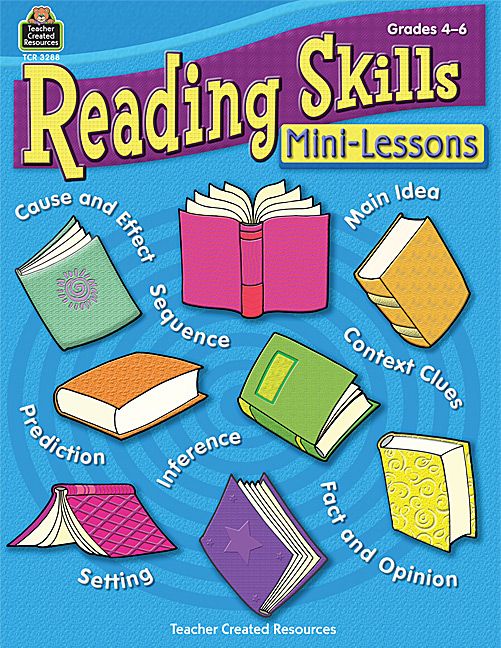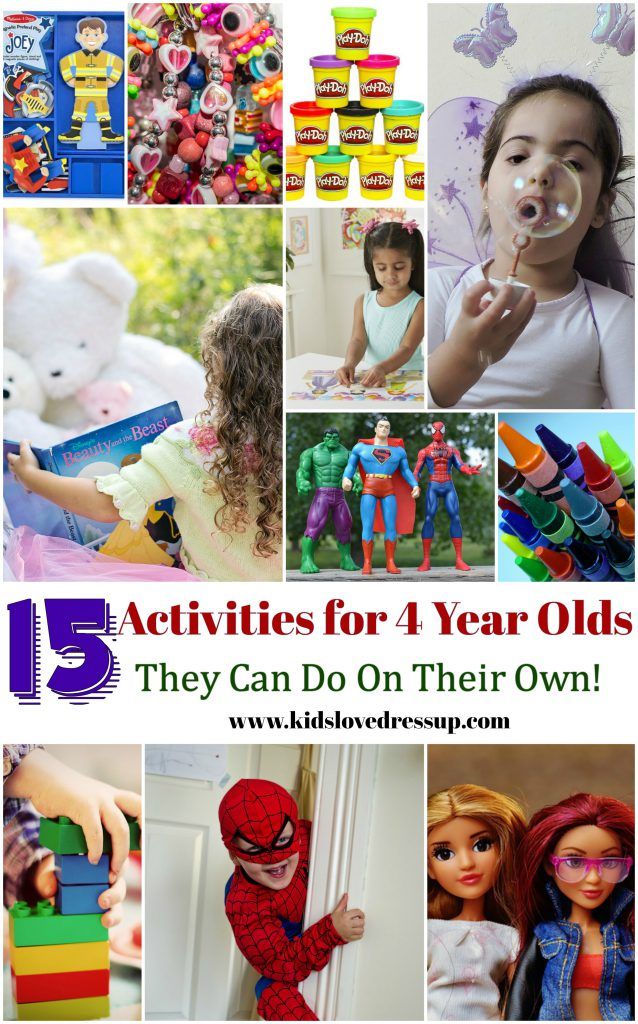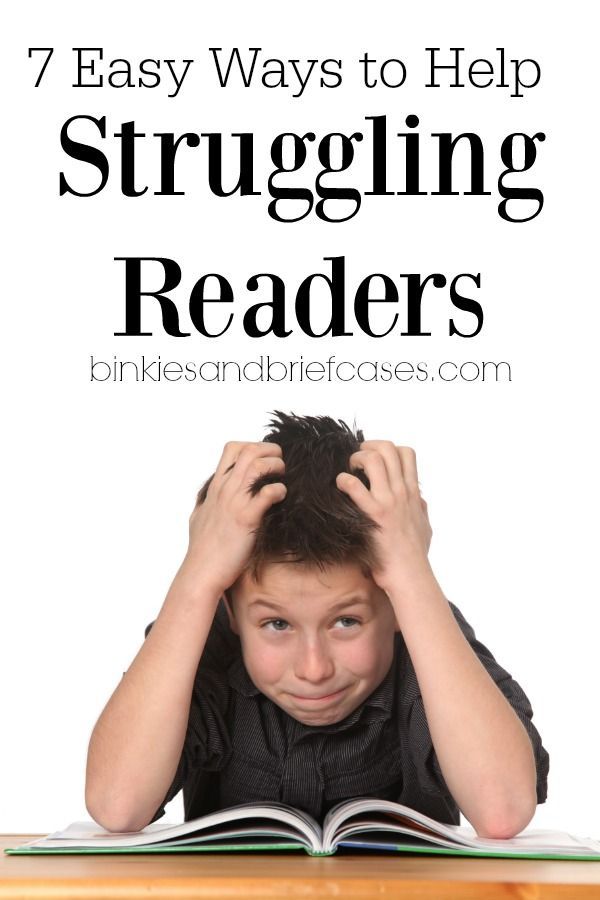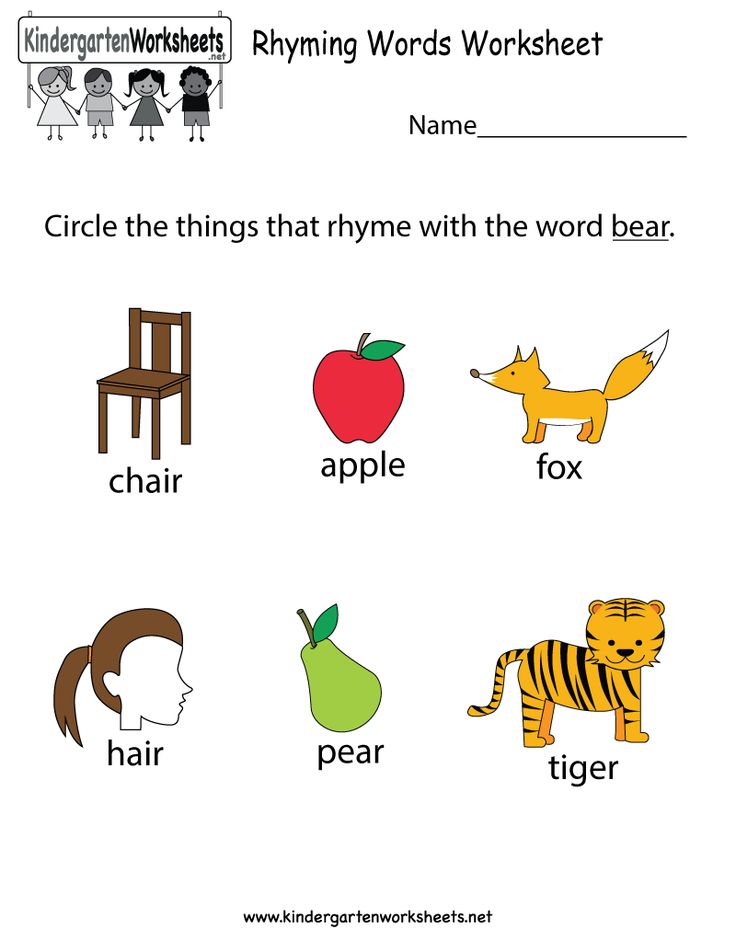Easy skills to teach
9 Printable Life Skills Worksheets for Students and Adults
There might be affiliate links on this page, which means we get a small commission of anything you buy. As an Amazon Associate we earn from qualifying purchases. Please do your own research before making any online purchase.
Have you ever wished there was a guidebook containing step-by-step instructions on the things that you’re supposed to know once you become an adult?
Life can be very confusing at times.
Nevertheless, we are often expected to know how to deal with everything we experience.
Somehow, we’re supposed to know that clothes need to be separated by color when we’re doing the laundry.
We’re also supposed to be aware that job interviews have a certain dress code that we need to follow if we’re to be seriously considered for the position we’re applying for.
Possessing the necessary life skills for any given situation helps people have a better chance at coping with whatever life throws at them.
In this article, we’re sharing a collection of printable life skills worksheets that can equip both adults and students with the know-how necessary for functioning in everyday life.
You’ll find worksheets that help you develop housekeeping, technical, financial, and self-awareness skills.
Before diving into our list, let’s talk more about the importance of life skills.
What You Will Learn
- Why Do We Need Life Skills?
- Life Skills Worksheets for Worksheets
- 1. Developing Critical Thinking
- 2. Wall of Resilience
- 3. Hold Yourself Accountable
- 4. Self-Love Worksheet
- Worksheets for Students
- 5. Communicating Effectively
- 6. Step By Step Guide to Laundry
- 7. Making an Appointment
- 8. Kitchen Safety
- 9. How to Write a Check
- Final Thoughts
The World Health Organization, UNESCO, and UNICEF recommend 10 core life skills as the basis for a healthy, competent, well-adjusted individual.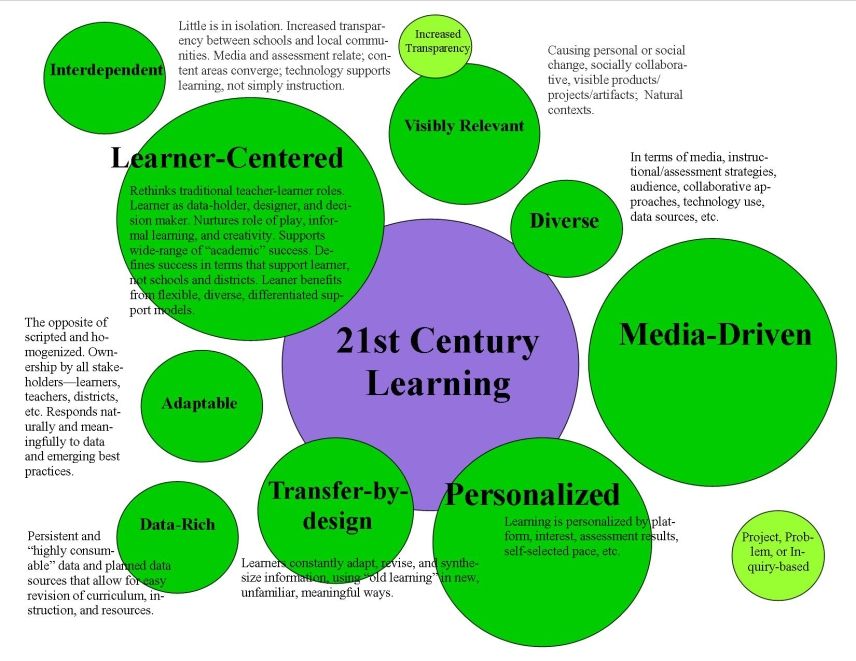
You need life skills to thrive and fully function as an adult.
For example, knowing some basic housekeeping not only guarantees a clean, healthy, and safe environment for you to live in, but being free from clutter also provides peace of mind.
If you possess the following abilities…
- Problem solving
- Making healthy lifestyle choices
- Communicating properly
- Managing your finances well
…then you’re well on your way to becoming a functioning and contributing member of society.
Let’s check out some worksheets to help you develop these skills.
Life Skills Worksheets for Worksheets1. Developing Critical Thinkingvia New Hampshire Bureau of Adult Education
Critical thinking is an essential life skill involving troubleshooting problems that crop up in your daily life. It often involves the application of mindful communication.
Furthermore, critical thinking teaches us how to think independently.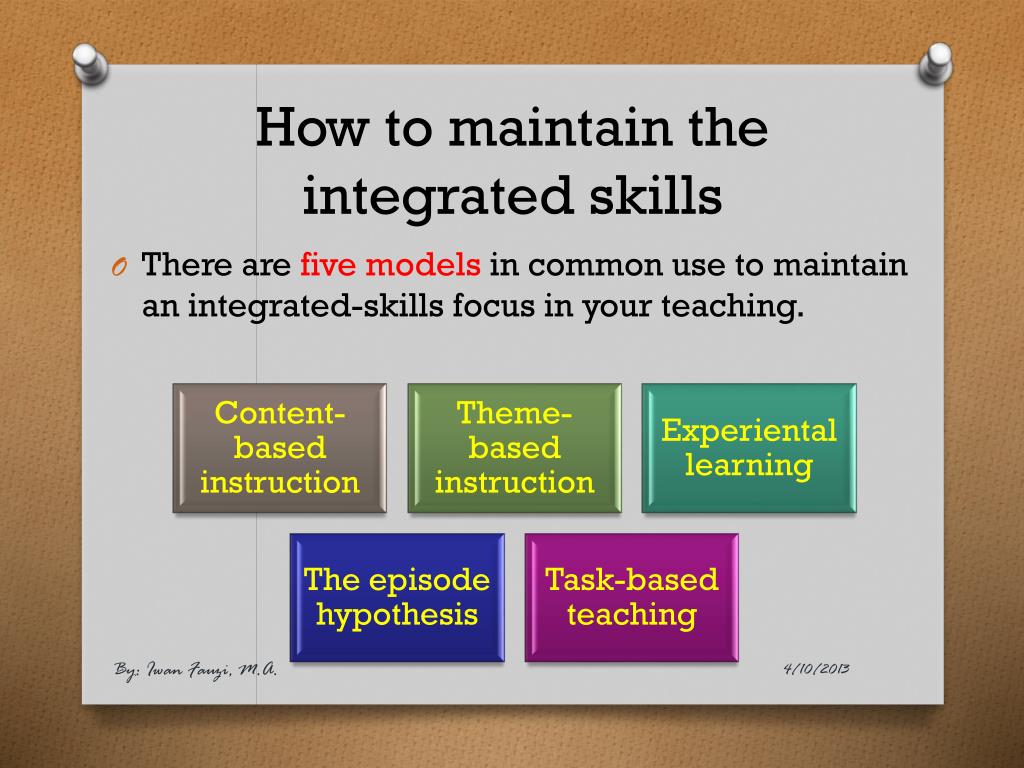
This printable is a compilation of different worksheets that can help you develop and strengthen critical thinking skills.
2. Wall of Resiliencevia Essential Life Skills
This worksheet helps you develop personal resilience by identifying the areas of your life that need improvement. It also provides tips for strengthening particular areas.
The areas that the worksheet recommends you work on include:
- Relationships
- Rest and relaxation
- Physical activity
- Spirituality
via Smart About Money
Accountability and personal responsibility are an essential life skill for success.
If you keep making excuses for your failures, you might become an unreliable person. Learning to be accountable for your actions is easier with this worksheet.
4. Self-Love Worksheetvia Living Moxie
Perhaps one of the most difficult life skills to learn as an adult is how to practice self-compassion.
We often beat ourselves up for the mistakes we make. Furthermore, many of us find it easier to prioritize other people's welfare than our own.
This self-love worksheet keeps you mindful of the ways that you can show yourself appreciation and love. (Here are some pointers for loving yourself more.)
Worksheets for Students5. Communicating Effectivelyvia The Worksheets
An essential life skill that is a great help for young people's future careers is communicating effectively.
This worksheet teaches students and young people how to write polite and professional emails in preparation for the correspondence they might send when they are in a workplace.
The worksheet also provides information about the various parts of an email, as well as tips for filling out the sections appropriately.
6. Step By Step Guide to Laundryvia Moritz Fine Designs
Doing the laundry is one of the life skills that older kids will find useful once they find places of their own. This worksheet provides a clear-cut guide to doing this essential household chore.
This worksheet provides a clear-cut guide to doing this essential household chore.
Hang it in the laundry area for easy access for those who need some visual prompts for washing their clothes.
7. Making an Appointmentvia Empowered By THEM
Another essential life skill that students need to learn is how to set an appointment.
This worksheet is a guide to social interaction. An example dialogue is added so students can practice the steps for accomplishing this.
8. Kitchen Safetyvia Education.com
If your kids are learning how to cook, they need to understand how to stay safe in the kitchen. This worksheet provides tips, warnings, and instructions on how to safely navigate around the kitchen while cooking.
In addition to notes about kitchen safety, the worksheet provides a quizlet to check whether your child has understood the topic they're learning about.
9. How to Write a Checkvia Education. com
com
Although financial transactions these days are usually done through electronic banking or debit cards, knowing how to write a check is still a useful life skill that everyone should have.
This worksheet helps users correctly write checks. It features a diagram and a blank check that you can practice on.
Final ThoughtsLife skills are essential not only for our success, but also for our survival.
Ideally, many of these skills need to be taught early. The more life skills children and young people have, the more easily they can become contributing and functioning members of society.
Speaking of skills, here are several more resources that you might want to check out about this subject:
Finally, if you want to take your goal-setting efforts to the next level, check out this FREE printable worksheet and a step-by-step process that will help you set effective SMART goals.
15 Hilarious Ways To Be Funny
There might be affiliate links on this page, which means we get a small commission of anything you buy.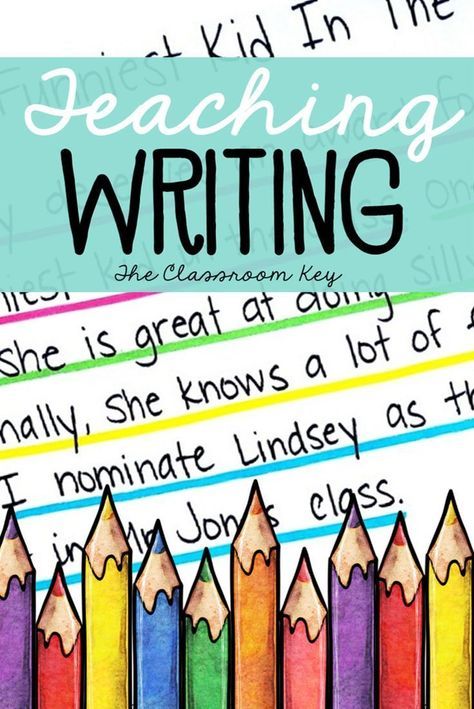 As an Amazon Associate we earn from qualifying purchases. Please do your own research before making any online purchase.
As an Amazon Associate we earn from qualifying purchases. Please do your own research before making any online purchase.
Want to learn how to be funny?
Today, we’ll teach you how. But first, let’s discuss the funny business of humor.
Humor, or the ability to make others laugh, is considered both an art and a skill. These days, the ability to tickle someone’s funny bone with an intelligent, tasteful joke can be an indicator of success at work.
The other benefits of being funny include:
To reap these benefits, you need to have what psychologists call the “positive humor style”. It means using humor for reducing conflict and enhancing relationships.
Although it’s not rocket science, becoming more humorous does take some work on your part and the ability to know where to start.
So whether you’ve already got your debut at the local comedy bar coming up; you have a huge corporate presentation to do and don’t want to bore the audience; or you simply want a new positive and fun challenge in life, these 15 hilarious ways to be funny will help you keep your audience looking at the lighter side of things.
(Side note: Another positive way to improve your life is to read and learn something new every day. A great tool to do this is to join over 1 million others and start your day with the latest FREE, informative news from this website.)
What You Will Learn
- How to Be Funny: 15 Ways to Improve Your Sense of Humor
- 1. Expose yourself.
- 2. Use your personal story as material.
- 3. Watch comedy shows on TV or online.
- 4. Go watch a live comedy show.
- 5. Learn about context.
- 6. Immerse yourself in humor through film.
- 7. Have a single joke that you can tell well.
- 8. Observe what people find funny.
- 9. Be your most authentic self.
- 10. Learn to look without judgment.
- 11. Improve your language.
- 12. Believe that you can be funny.
- 13. Find what’s funny in every situation.
- 14. Find a humor buddy.
- 15. Laugh.
- Conclusion
How to Be Funny: 15 Ways to Improve Your Sense of Humor
1.
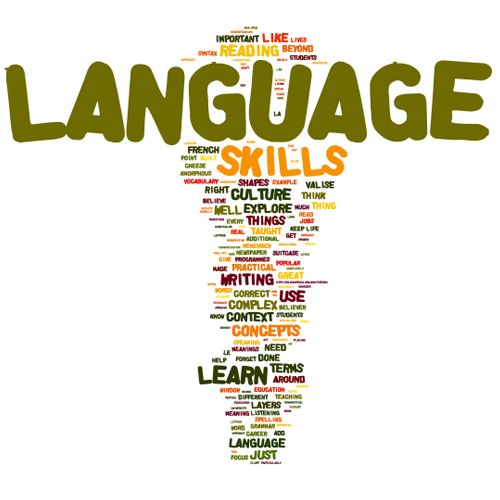 Expose yourself.
Expose yourself.What this means is, be willing to take the risk that the audience will not get your joke. Always remember that not each and every attempt you make at being funny will be met with success. Determination is the key.
Such is the life of a funny person. Professional comedians’ jokes also flop every once in a while. However, they learn to move on to the next punch line.
RELATED: Habits that Stick!
Want to build a new habit that will stick for the rest of your lifetime? In this video, you will discover a simple 9-step process about building habits that you can immediately implement.
2. Use your personal story as material.
That tragedy when you got locked out of your hotel room with just a towel around your waist will remain so, not unless you see the funny side of it. Allowing yourself and others to laugh at your expense (with an anecdote or two) is a good way to inject humor into your personality.
Also, it’s been proven that people tend to laugh more at real-life funny stories.
3. Watch comedy shows on TV or online.
We know that if we wish to improve on something, observing the pros can help our own skills. This is also true for learning how to be funny.
Get your tub of popcorn and put on shows that make you laugh. Questions to ask yourself while you’re “studying” these shows: Why do I like this part? At this scene, what did the actor say or do to make me laugh?
4. Go watch a live comedy show.
There’s nothing like observing the pros at their natural habitat. Unlike in TV shows or films, the jokes at a comedy bar are told live. Nothing gets edited out.
Furthermore, you get to observe how the audience reacts to a particular type of joke. If you want, take notes on how the comedians differ from each other. The info you gather will be useful for improving your own funniness.
5. Learn about context.
Context is essential in humor.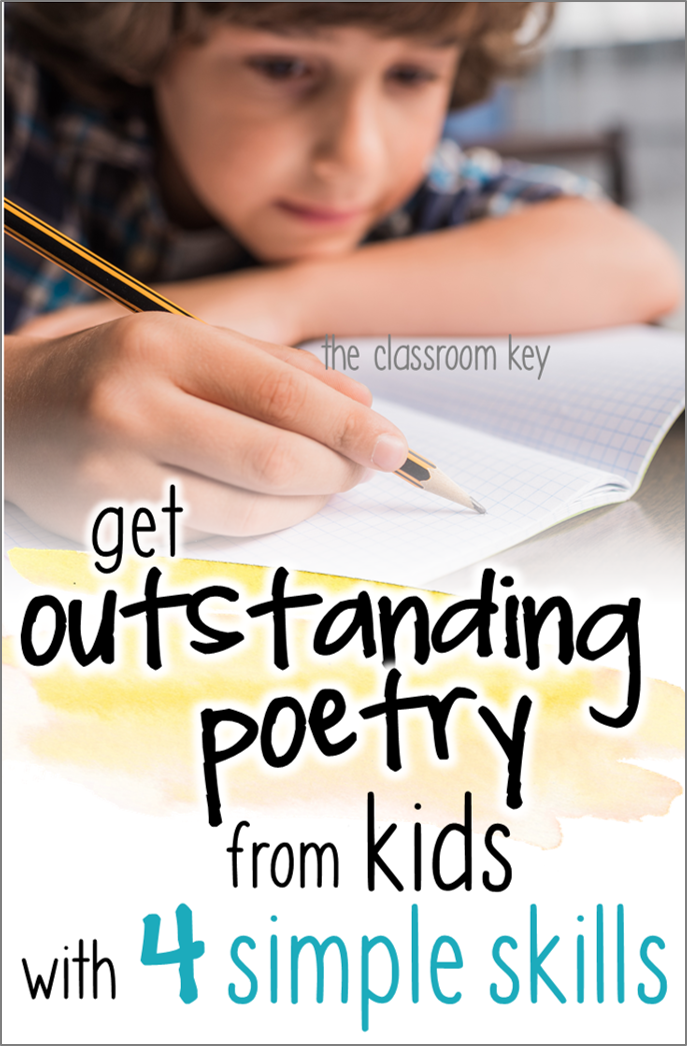 A study has shown that there is actually a “rise and fall” to funny incidents.
A study has shown that there is actually a “rise and fall” to funny incidents.
The study revealed that there is holding period for something negative that happens to be funny. Moreover, the researchers also mentioned that by the lapse of this time, the incident stops being funny again.
Keep this in mind when planning to use a current event as a topic in your jokes.
6. Immerse yourself in humor through film.
Soaking yourself up in humorous films is a wonderful way to develop your funny side. A good starting point is watching movies that you find funny.
Think about what you enjoy about the movies. Then, you might try watching others movies with the same theme. Make sure you watch things that have actual depth, in order to reap the benefits of this exercises.
7. Have a single joke that you can tell well.
You need to have at least one go-to joke that’s appropriate for all audiences. Learn how to tell it the best way that could generate laughter.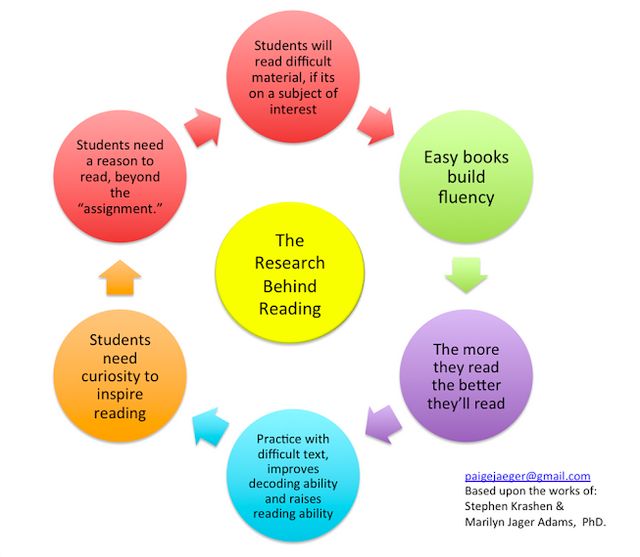
8. Observe what people find funny.
To improve your wit, you have to pay attention what other people find hilarious. There are people who assume they know what will make people laugh but end up offending them. Avoid being this kind of person.
Watching a live comedy show are unlike in TV shows or films, the jokes here are told live and nothing gets edited out. You can also take down notes on how the comedians differ from each other. The info you gather will be useful for improving your own funniness.9. Be your most authentic self.
Becoming a funny person does not mean your jokes should be made at another person’s expense. It’s also does not require you to act in a silly or exaggerated way.
Simply put, just seeing the funny side of a situation and pointing it out intelligently could suffice for you to be considered as a funny and pleasant person.
10. Learn to look without judgment.
Most people will look at a situation and form their judgment about what’s going on. However, this often leads to a negative outlook.
However, this often leads to a negative outlook.
Being judgmental actually prevents you from being funny. Your opinions will always be in the way of seeing the bigger and funnier side of a given situation. Don’t go that path. Learn how to stop being negative in this post.
11. Improve your language.
A quick quip from a funny person often makes other people laugh. He or she usually has a way with words that others usually don’t have.
So, work on your language. Develop your vocabulary and improve your grammar.
If you need some help, start by thinking what to say about these funny controversial topics.
12. Believe that you can be funny.
Learning to be funny can put a lot of pressure on you. After all, it’s something that you have to do in front of people.
Having a growth mindset can help improve your skill. Do it as often and learn all that you can to help you succeed in making people laugh.
13. Find what’s funny in every situation.
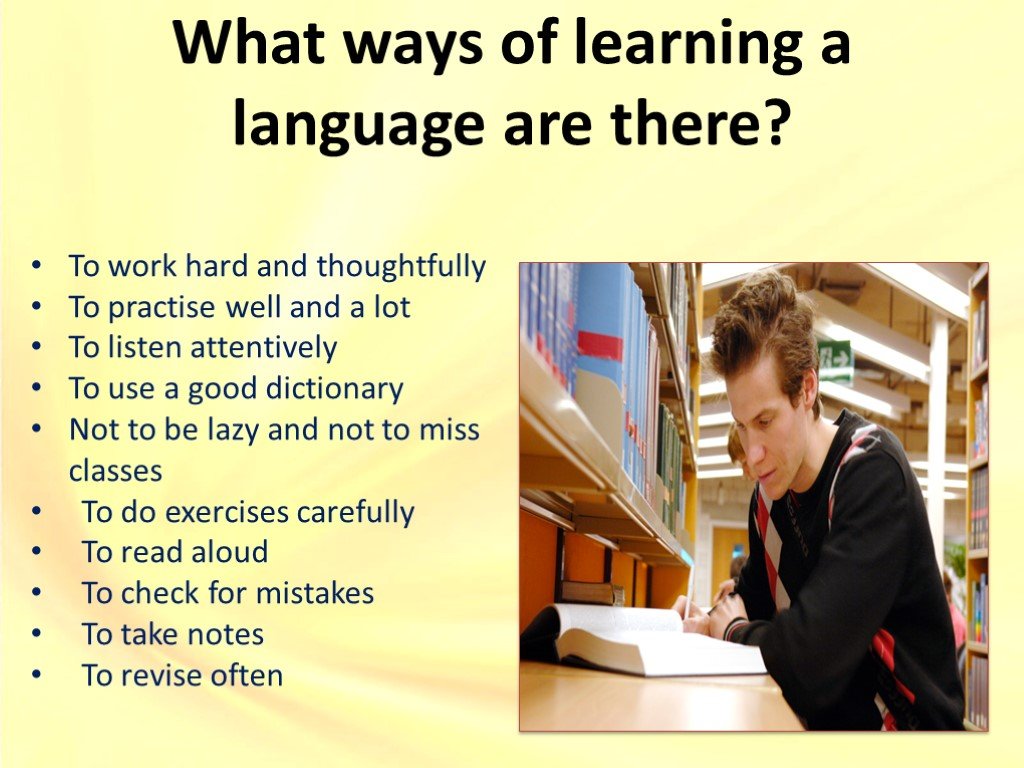
It is normal to express your frustration at unfortunate events like unknowingly putting in a red sock with your whites in the washing machine or stepping on dog poop with your new shoe. However, it doesn’t avail much than put you in bad mood the entire day.
Believe in yourself that you can be funny. Learning to be funny can put a lot of pressure on you. After all, it’s something that you have to do in front of people.Try imagining the same thing happening to another person. Laugh at that person. Then you’ll also be able to laugh at yourself.
Finding the absurd in a tragic, frustrating, or tense situation helps develop your sense of humor. However, remember to keep your jokes in good taste.
14. Find a humor buddy.
A humor buddy serves as your accountability partner. He or she can help you hone your newly developed skills.
You practice your jokes with this person on a regular basis and he or she is your benchmark if what you’re saying is funny.
Thus, it helps you stay committed to your goal by keeping you accountable.
15. Laugh.
Having a good sense of humor does not just mean making other people laugh. It also means laughing a lot.
Make it a habit to laugh a minimum of ten times every day.
Conclusion
There you have it. Fifteen tips on how to be funny. We hope that you find the tips here that will improve your sense of humor.
Which ones are you trying out soon? Feel free to share your thoughts in the comments below.
A good sense of humor is a wonderful skill to have and is worth developing.
If you’re interested to learn other cool skills, check out this post that features over a hundred new skills to learn this year to improve your professional and personal life.
Finally, if you want another positive way to improve your life, then read and learn something new every day. A great tool to do this is to join over 1 million others and start your day with the latest FREE, informative news from this website.
20 skills that can be mastered in a day
October 4, 2020 Tips
And you don't have to sign up for months-long courses.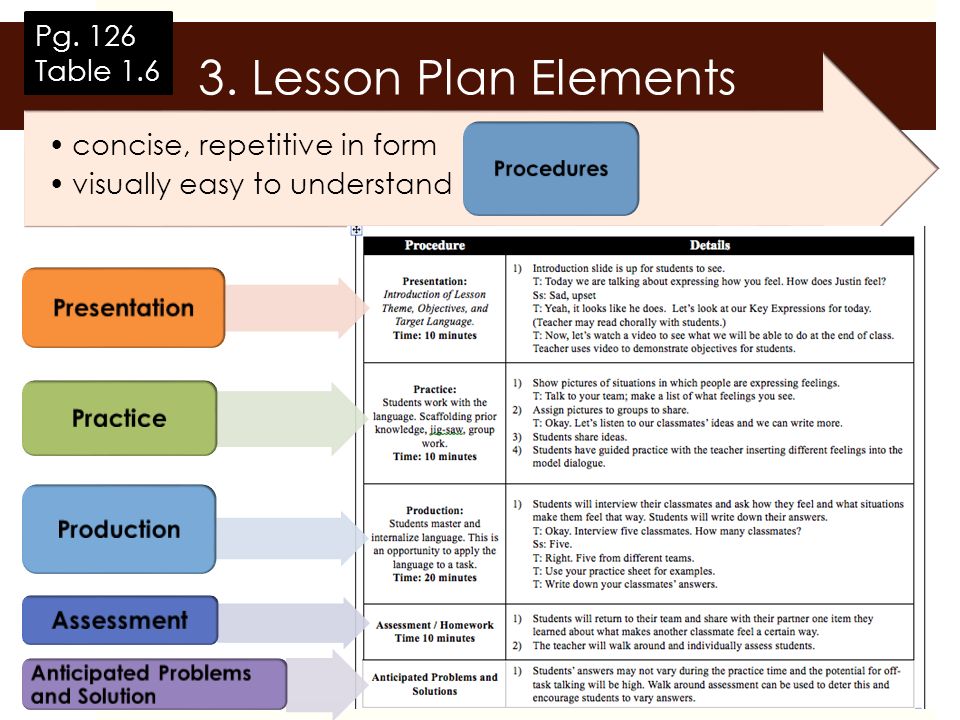
1. Solve the Rubik's Cube
All you need for the lessons is the cube itself and a little patience. What to do with a multi-colored puzzle, see the numerous videos on YouTube.
2. Making coffee
You can try dozens of hot drink recipes in a day. But it is better to taste coffee in the company, so as not to exceed the safe dose of caffeine.
Try ☕️
- 10 cool recipes for iced coffee with chocolate, banana, ice cream and more
should you dream of this profession.
Look for free courses from online coding schools that explain things like the basics of JavaScript development, and work your way from writing "Hello, world" to more complex operations. Of course, this will be more mechanical repetition than meaningful programming, but still.
Or write a simple game yourself and then play it.
4.
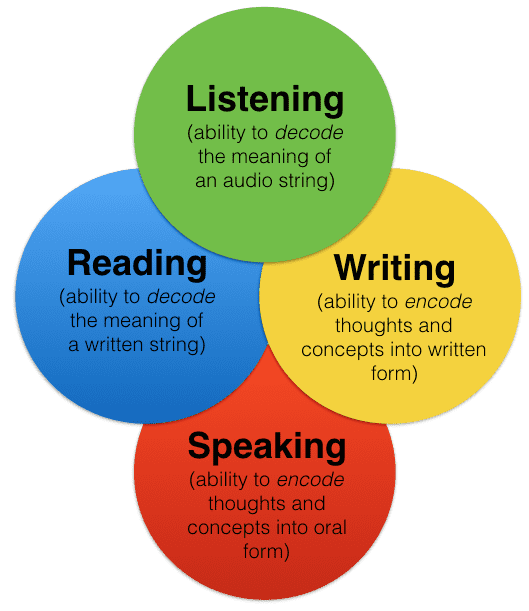 Learn a new hobby
Learn a new hobby A day is enough to master some kind of needlework at an amateur level. Try crocheting or knitting a hat, sewing a sun skirt that does not require complex patterns, molding a simple clay toy, or gluing a simple car model together.
Choose projects where you can quickly get the finished product, so as not to get bored.
5. Cooking a complicated dish
Have you long dreamed of trying to cook Napoleon according to a family recipe, jelly or another dish that takes several hours, but you didn't have time?
Now you have a day - you can master almost any dish and even repeat it if the first pancake comes out lumpy.
6. First Aid
This is a useful skill that can save someone's life. Find a volunteer and try CPR, splinting, dressing the wound, and using a tourniquet. When these actions are worked out, there is a greater chance that you will not be at a loss in a stressful situation.
7. Ride a bike
If you're lucky, it will take a few minutes.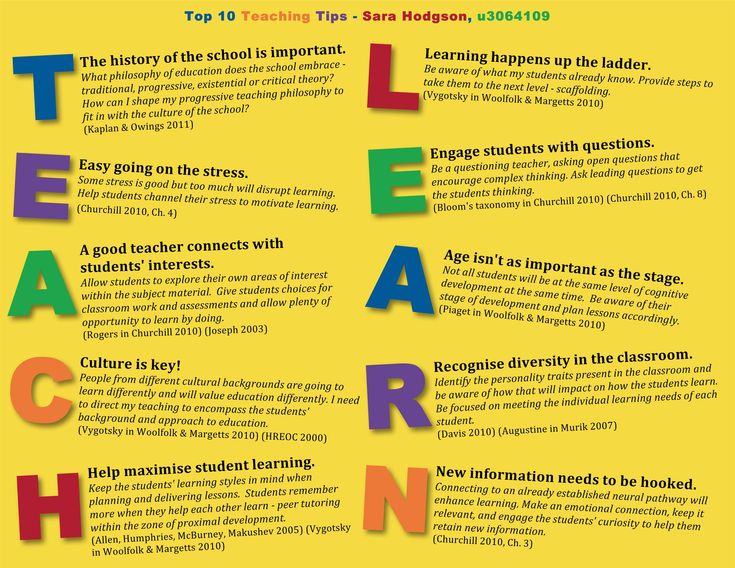 Therefore, at the same time learn to brake and turn - believe me, this is very important.
Therefore, at the same time learn to brake and turn - believe me, this is very important.
Start by trying to catch your balance. You can even temporarily turn off the pedals, turning your vehicle into a balance bike. Find a hill with a slight slope and slide down it time after time.
Once you understand how it works and stop constantly lowering your legs to belay, start pedaling. However, you can just sit down and go - this also happens.
8. Play a simple song on a musical instrument
It won't make you a great musician, but it will add points to any party. Not every tool will work. Ukuleles, bongo drums, harmonica, recorder are considered quite easy to learn.
As a last resort, if there are no tools at hand, you can try to master the beatbox.
9. Juggle
You will need a lot of practice. But then you can easily attract attention to yourself by effectively throwing objects.
10.
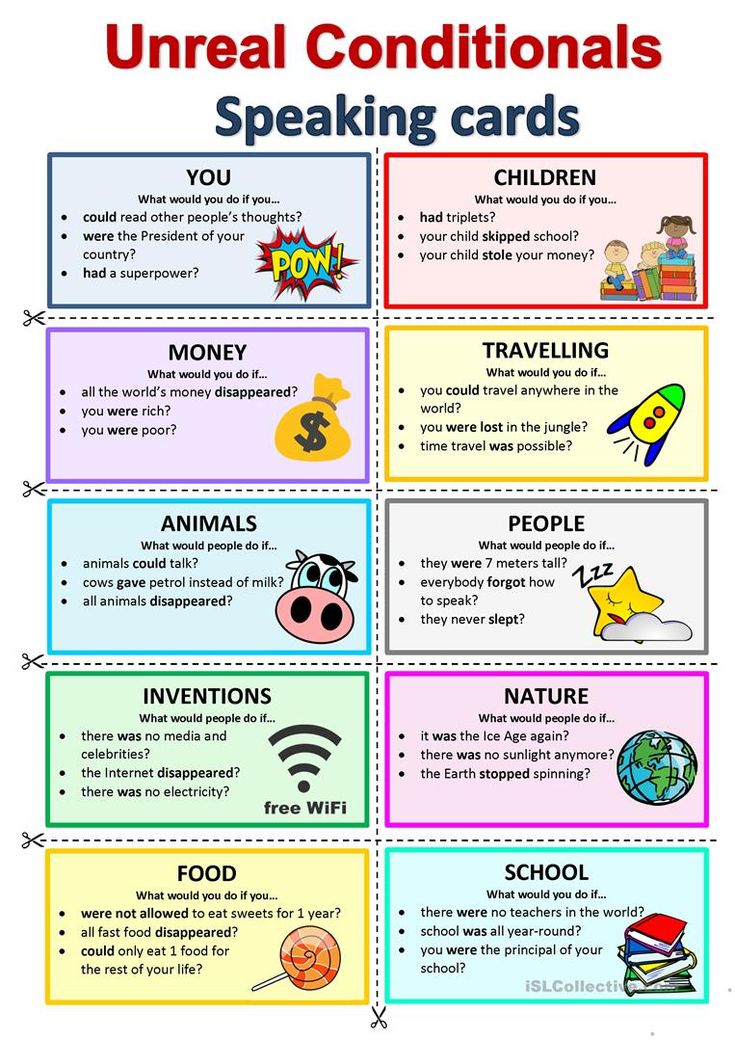 Glue wallpaper
Glue wallpaper You will notice for yourself how advantageous panels glued in the evening will look compared to their morning counterparts.
Take note ☝️
- How to glue wallpaper: detailed instructions with photos and videos
11. Show card tricks
Choose simpler options, otherwise you won't fit in a day. There are a few tricks that you can quickly learn in this video:
12. Use hotkeys
Learn the cherished combinations once and increase the speed of your computer for life.
13. Change tires
Try to do it yourself, so you don't get bored on the side of the road waiting for a tow truck. For this, Lifehacker has detailed instructions.
14. Peel the pomegranate
There are several ways, try them all and choose the best one.
Find out 🍴
- 3 Ways to Quickly Clean a Pomegranate Without Splashes
15.
 Organize Neatly
Organize Neatly Practice on your favorite T-shirts to instantly tidy up your closet in the future. Try different ways to find what works best for you.
For example, you can store clothes in piles, and to do this, you need to roll them into neat rectangles. Or stack it vertically in crates and boxes using the Marie Kondo method.
16. Draw
You won't become a second Picasso in 24 hours, but you can realistically depict a human eye, ear or whole face if you have even a fraction of talent.
17. Dance
For success, choose not ballet, but one of the social dances - hustle, salsa or bachata. The basic steps are simple, but they look impressive. True, for the lessons you need a partner. As a last resort, master the skibidi dance.
18.
 Budgeting
Budgeting Devote a day to making a financial plan and you won't forget how to do it later on. Budget planning will help you spend wisely and allocate expenses. Lifehacker wrote detailed instructions that will allow you to master this skill.
19. Writing with the second hand
If you have always dreamed of raising an ambidexter in yourself, start with copybooks. Remember how you learned to write with your dominant hand, drawing circles and sticks. Again go all this way until you achieve a decent result.
20. Send signals in Morse code
Once you figure out the combination of dots and dashes, you can send secret messages. The main thing is that your addressee also knows Morse code, otherwise the messages will remain a secret for him.
What would you add to this list?
Read also 🧐
- 12 Impressive Skills You Can Learn in Week
- What to learn: 10 skills everyone can master
- How to develop the main skill of the 21st century
0001
You are reading a translation of Danny Forest's article "The Top 10 Skills People Want to Learn in 2019 and How to Learn Them".
The translation was made by: Olga Zholudova and Rinat Shaikhutdinov.
In previous articles, I've talked about the 3 most important skills and 8 ever-relevant skills you need to master to be successful in 2019. want to master most people. I have broken down each skill into several sub-skills that will be easier to master, plus I have picked up useful resources.
Skip skills you are not interested in. Bookmark this article so you can come back to it in the future.
Interested in the latest articles on product design (UX/UI)? 🚀
Subscribe to the channel Telegram | In contact with, instagram, Facebook
In Appendices A and B, I've put together unique tips for any of these 10 skills.
#10. Draw Photo by: rawpixel on Unsplash
My definition: Be able to illustrate an idea.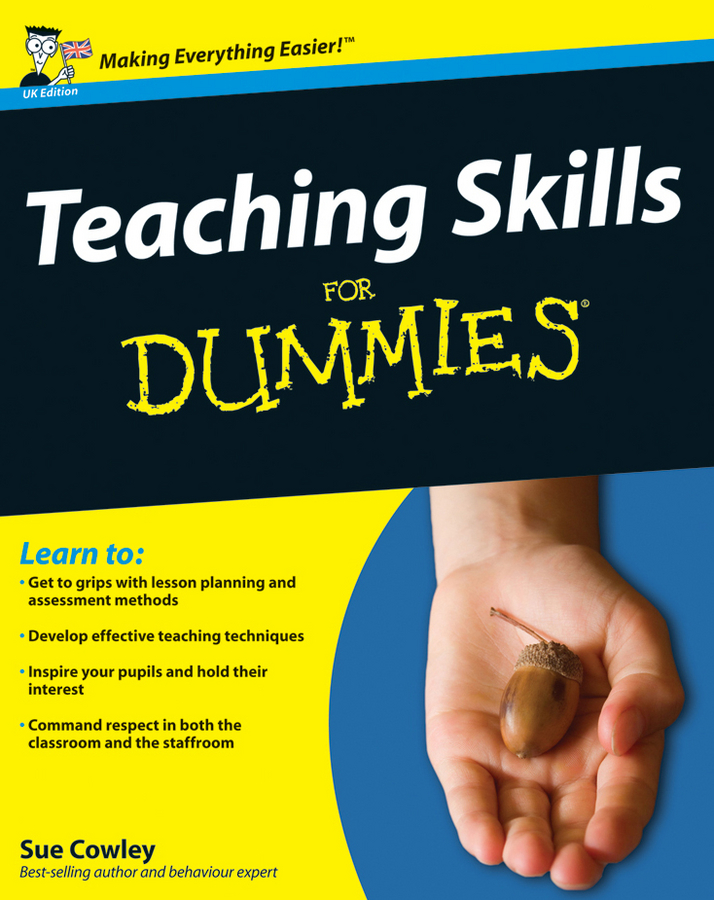
Drawing is an art that takes many years to master in order to achieve perfection. Fortunately, this is a very broad skill that can be easily broken down into “sub-skills”. Each small sub-skill can be mastered fairly quickly.
Sub-skills:
- sketching techniques (paper or software)
- line drawing (paper or software)
- color matching techniques (on paper or software)
- using tools (Photoshop, Illustrator)
- how to hold a pencil correctly
- how to control line weight
- faces, people, creatures, objects, landscapes
- shadow techniques
- realistic cartoon style
- technical drawing (architecture, electrical engineering, engineering, scientific fields, etc.)
- and more!
My story about drawing
Drawing was the first skill I decided to learn using the SkillUp method. And I was always sure that it was drawing that I could not master, so I wanted to prove to myself that this was not so. And I proved.
And I proved.
I practiced for 30 minutes every day for a month, mostly on YouTube. I learned sketching, hatching and color matching in Photoshop.
The results exceeded my expectations.
How to learn to draw?
Since drawing is a very broad skill, I recommend learning the basics of any sub-skill (from the list) to start with 5 hours of practice (30 minutes per day). You'll be surprised how quickly you can master most sub-skills if you don't skip classes and have good learning materials.
Resources
Freebies
- Youtube.com
- Entering in the search engine: “how to
” or “how to quickly learn ”
* I don't give links to specific lessons because things change very quickly and it's also a matter of taste.
#9. Be more productive
My definition: Make the most of 24 hours of each day.
This is a rather ambiguous skill, since productivity itself is a rather abstract concept. The key progress metric here is time saved, as well as the quality and quantity of results achieved.
The key progress metric here is time saved, as well as the quality and quantity of results achieved.
Being more productive is not about work. This is about activities that are important to you: time with family, meeting friends, work, entertainment.
Cunning
- clearly define your passion/mission
- Clearly indicate your values
- Make personal height
- Develop introspection
- Concentrate
- Create the “End of End of Endless”
- goals
- Really understand the principle of Pareto (rule 80/20)
- Use the Eisenhower matrix
- Plan career
- Master time management
- Learn
- have KPI
- Master the maximum mouse speed/tracksetthery
- . phone
- and much more!
My Productivity Story
After 13 years of professional software development, I have acquired a number of skills that have made me more productive on a computer than most people.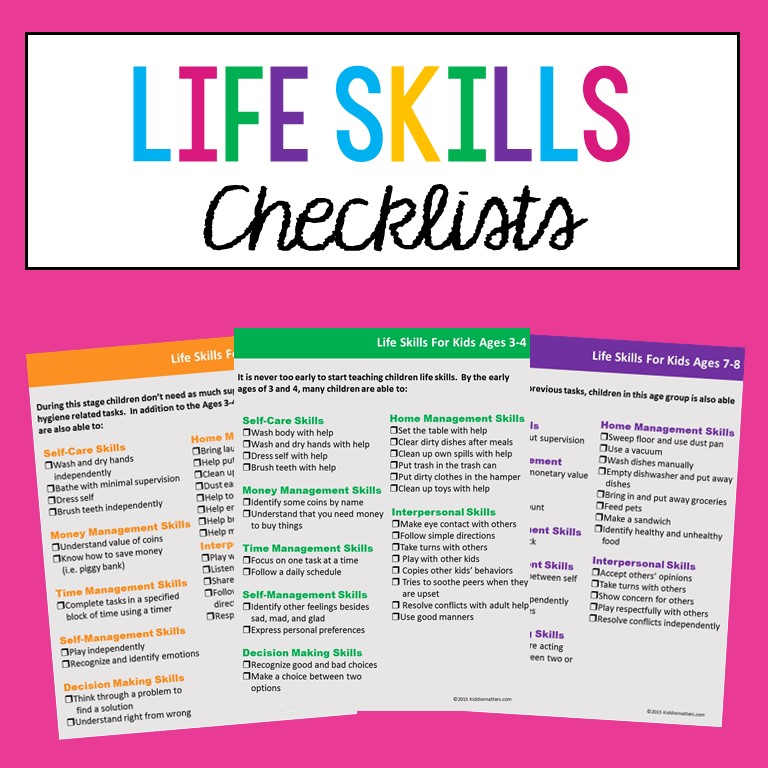
Years later, when I immersed myself in introspection, I realized that I had these skills and began to use them even more actively. That's when I decided to start writing on Medium. My first article was dedicated specifically to productivity tips.
How to learn to be productive?
I suggest starting with those sub-skills that will help develop introspection. Learn to identify your values / passions / goals, take a course on personal growth, master the Eisenhower matrix. Why is it important? An excellent answer to this is given by Peter Drucker:
“There is nothing more useless than doing a job effectively that shouldn't be done at all” - Peter Drucker
Looking back, this is the best advice.
Next, make sure you understand the Pareto principle and start applying it in all areas of your life. Also, learn to set SMART goals.
Now that you have the basic skills to speed up your productivity, you can get down to specifics.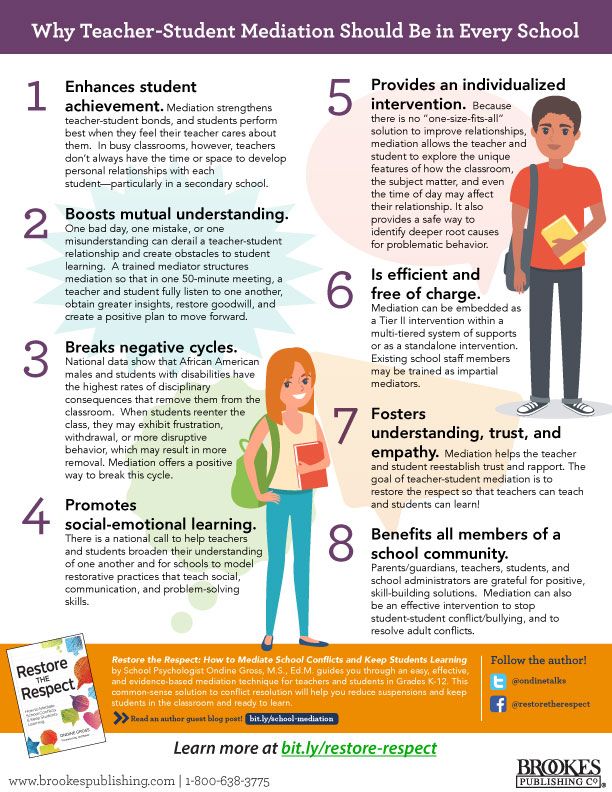
If you use your computer often:
- Learn how to use your mouse/trackpad at maximum speed
- Learn how to quickly touch type
- Learn the key hotkeys in your operating system, as well as in programs that you often use.
At first it will seem that you are working even more slowly, but in just a week you will get into the rhythm. Thanks to these skills alone, I work on a computer 2-3 times faster than 90% of people. It is worth investing time and effort into this.
Resources
#8. Play guitar Photo by Jefferson Santos on Unsplash
My definition: Learn to play a musical instrument.
The most popular instrument that SkillUp your Life members want to learn to play is the guitar. You can sing so many songs with the guitar! And isn't it cool to take and play at family gatherings or in the company of friends? And there is such a variety of guitars that finding the right instrument is not difficult.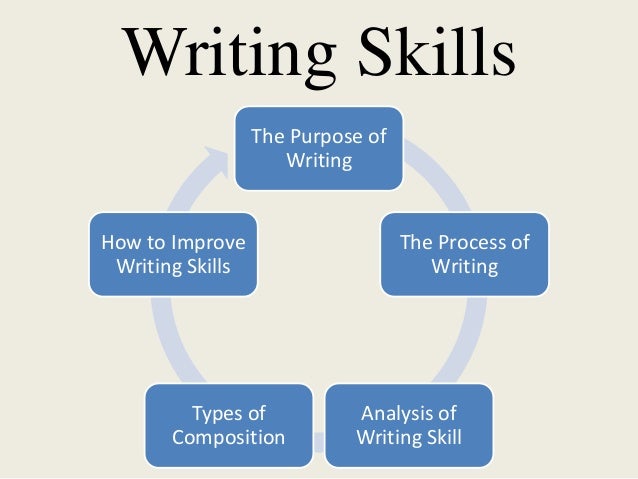
In addition, once you learn to play the guitar, you can quickly master most stringed instruments.
Cunning
- Terminology
- Types of guitars
- Styles of the game on guitar
- How to read notes
- How to keep guitar
- How to put fingers
- The main types of guitar combat
- 4 Play one song
- Play one style
- And much more!
My guitar story
Oh my god, it's embarrassing to tell...
I've been wanting to learn the guitar for years. To be honest, I've had two guitars in my life. One even still lies somewhere in Colombia. I never had the patience to learn how to play. When I was younger, I tried to learn guitar on my own, but back then there weren't as many learning resources as there are now. I had to either hire a teacher or work hard on my own by downloading chords over a super slow internet connection.
When I met my future wife at the age of 17, it seemed to me that the guitar made me cooler.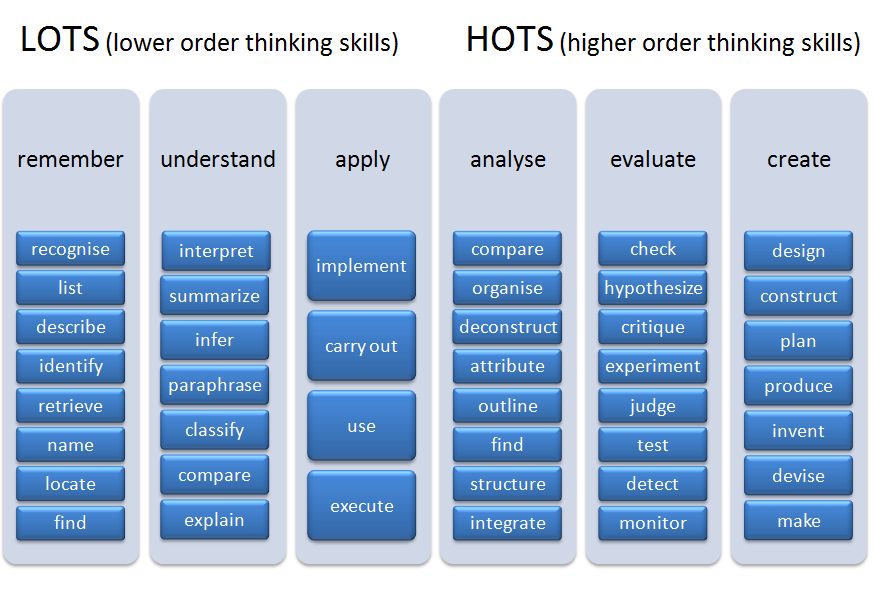 Of course, I couldn't play, but she didn't know that - so I was still "cool" 🙂
Of course, I couldn't play, but she didn't know that - so I was still "cool" 🙂
How to learn to play the guitar?
Since I never learned to play the guitar, I wrote this section based on research and my observations. If there are pros among the readers, please correct me in the comments!
Actually, I would start by mastering the basic sub-skills that I listed above, in order.
I would spend a maximum of a week on theory (the first 4 sub-skills): this is enough to remember everything you need (apps like Anki help a lot). At the same time, I would easily go over the basics of guitar handling: how to hold the instrument and how to move the fingers.
In the next week, I would be working on these skills and also learning the 4 most popular chords and basic fighting techniques.
Next, I would try to hone what I learned earlier as well as possible. I would start looking for songs under 4 chords I know. Most likely, I would not immerse myself in the notes yet - I would just watch the video and use the tablature.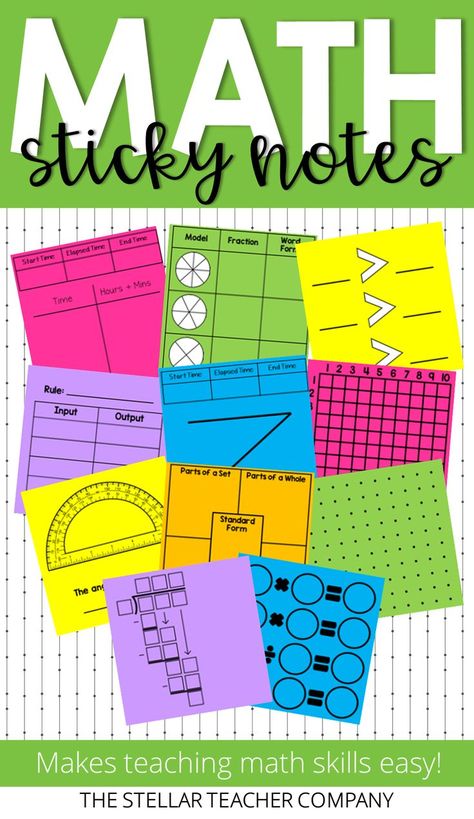
After that, I would gradually start learning different songs. Video: Reading music sheet for guitar : 5 Essential Strumming Patterns
My story about photography
Before, I wasn't interested in photography at all. A more or less high-quality camera first appeared to me when I bought the iPhone 6. I started shooting and experimenting with processing through different applications. The process captured me.
Going on a trip to Iceland, I decided to upgrade my skills in order to bring worthy pictures from the trip. I spent quite a bit of time researching the issue - and the result was not long in coming: I started shooting quite well.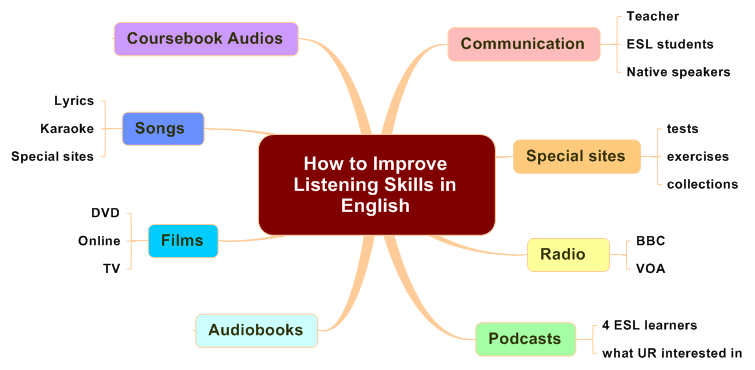
Then I traveled the world for a year. On that trip, I took about 15,000 photographs. I was already doing great - people even thought that I was a photographer. Therefore, in India, I decided to buy my first DSLR and continued my journey with it. Learned a lot of new things!
I later commissioned several Sundara events and the opening of a new WeWork branch in Bangalore, India.
I am currently learning portrait photography and will be training with these beautiful models: Carla Diaz, Diana Jabba, and Kevin Nguyen.
How to learn to photograph?
To begin with, I advise you to master the rule of thirds: these will be the very 20% of efforts that will give 80% of the result. The rule of thirds can be mastered in 5 minutes, and the pictures will immediately become at least twice as good.
The rule of thirds is one of many framing techniques. By the way, the rest are also worth exploring. Amateur photos are often successful, but due to poor framing, they do not look very good.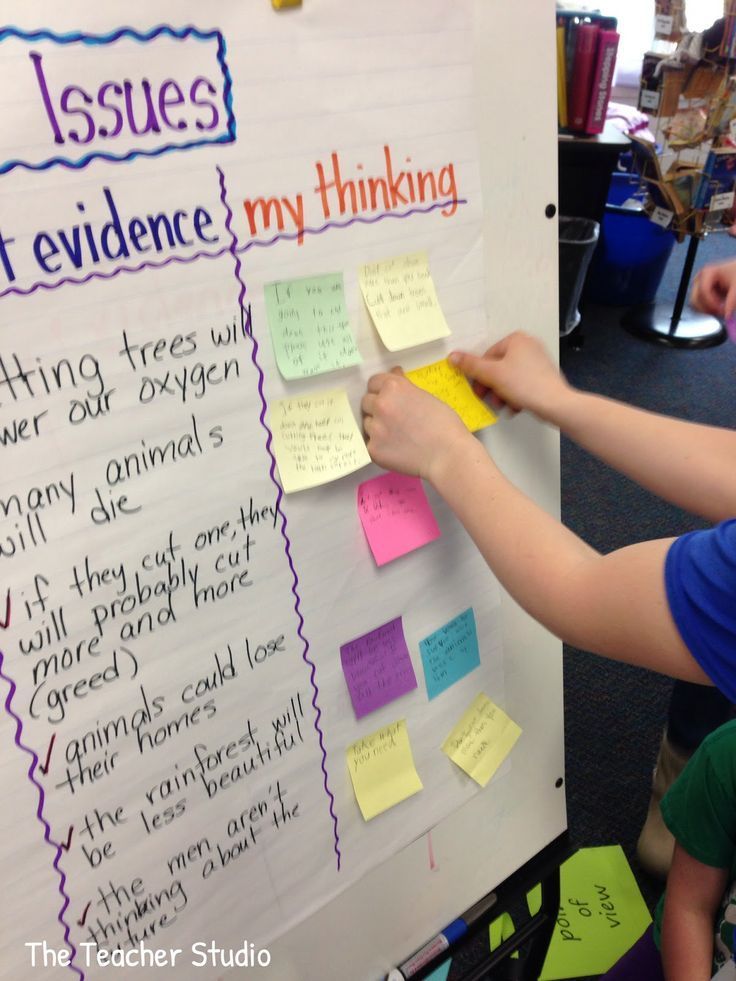 This can be corrected by cropping the photo during processing.
This can be corrected by cropping the photo during processing.
Another important aspect is exposure. Learn what ideal exposure looks like and what underexposure/overexposure is. Learn to read a histogram. Learn how to use these techniques to create the effect you want.
Framing and exposure make beautiful pictures even with inexpensive equipment. Yes, the SLR camera “helps” with the exposure, but the phone can also correctly expose the picture.
Practice taking photos in a certain style for a month. I started with landscape photography. Now I understand that it is in landscape photography that, perhaps, the most difficult thing is to learn how to take really cool pictures.
When you're ready to buy a camera, choose a lens for the style you want to shoot. With experience, you will realize that in most cases, the quality of photos is determined by the lens, and not by the "body" of the camera.
Paid
- Book: Scott Kelby's Digital Photography Boxed Set, Parts 1, 2, 3, 4, and 5 (Most of what I know comes from Scott Kelby's books).

- Book: Mastering Exposure in Digital Photography
#6. Meditate Photo by JD Mason on Unsplash
My definition: Learning to control the “quality” of the mind.
Many successful people in the world practice meditation daily. This is perhaps the best way to clear your mind.
Meditation helps you fall asleep faster, stress less, make better decisions, and more.
Subskills
- Understand the 7 Basic Types of Meditation
- Breathing Techniques
- Compassion and Love
- Awareness of your body
- Relaxation
- The ability to not judge
- Mantras (include many sub-skills)
- and much more!
My Meditation Story
I thought I would never learn to meditate.
My mistake was that I didn't see meditation as a skill that could be developed.
It seemed to me that meditation is when you don't think about anything. Therefore, as soon as a thought appeared in my head, I got upset.
Therefore, as soon as a thought appeared in my head, I got upset.
I'm sure I'm not the only one who was so deluded. But this is fundamentally wrong.
In September I tried to meditate with a friend in Cambodia and failed miserably. It wasn't until 4 months later that I got up the courage to try meditation again. As soon as I got the right attitude and began to devote time to constant practice, it started to work.
How to learn to meditate?
I myself am new to this business, so I strongly advise you to start by meditating with an instructor. Links to resources that were useful to me, I will leave below.
The benefit of guided meditation is that it teaches you not to get frustrated by the thoughts in your head and helps you move towards clearing your mind—which is what meditation is all about.
You learn to be aware of how your body and your mind feel. You learn to relax even in situations where it seems impossible.
Many people do not understand that meditation takes time to master.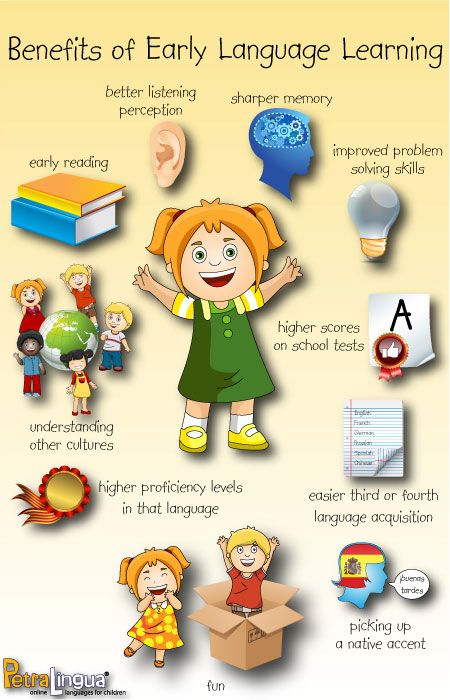 Don't quit after the first failed attempt. Meditate at least once a day for 10 minutes.
Don't quit after the first failed attempt. Meditate at least once a day for 10 minutes.
You will experience different emotions. For example, I really wanted to laugh when I was told to count my inhalations and exhalations. And sometimes frustration strikes. But whatever feelings you have, don't take them into your head. You can control it. And the more you practice, the easier it will be to do it.
And another important point: no one should distract you during meditation. I advise beginners to meditate in a quiet place. Some people advise sitting down to meditate, but I started lying down - otherwise I simply could not relax enough to concentrate on the process. My definition: Learn to use the Spanish language in different forms.
Did you know that Spanish is the 4th most spoken language in the world (after Mandarin, English and Hindustani)?
Even more interesting, for most speakers, Spanish is their first language: according to this indicator, Spanish is the second largest language in the world after Mandarin. In fact, according to these statistics, the universal world languages should be Mandarin and Spanish.
In fact, according to these statistics, the universal world languages should be Mandarin and Spanish.
Spanish is an official language in 22 countries, so it makes sense to learn it.
Continents
- Grammar
- Vocabulary (includes many submarines)
- Pronunciation
- Times of verbs (includes many submarines)
- Reading
- SPILE
- SPILE
- EP I studied Spanish remotely. From this video it is clear that I learned especially well:
It is clear that this was of little use.
A few years later, I switched my phone to Spanish and started studying at Duolingo. I learned a lot. Literally 2 years later, I spoke Spanish at work.
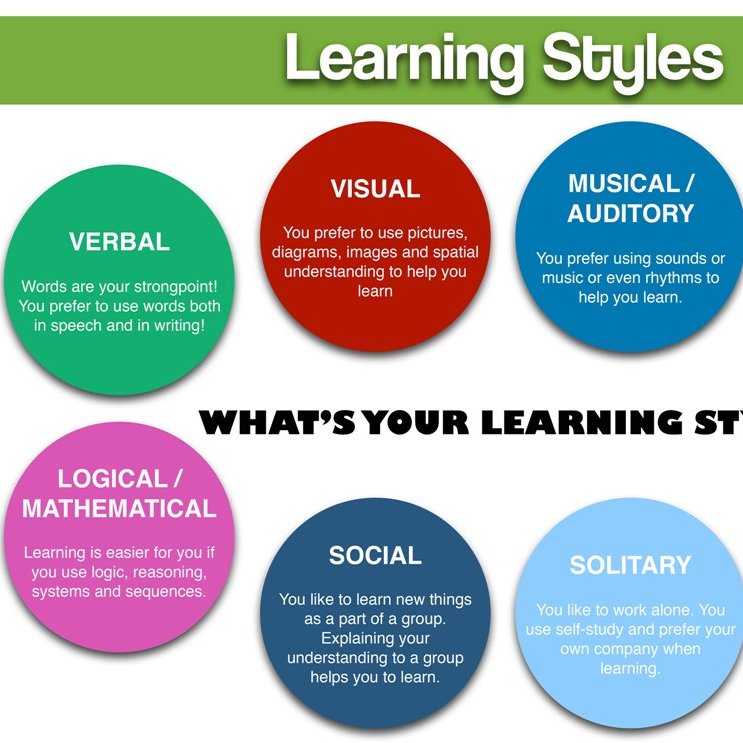 It pushed me to master tenses and learn a lot of technical terms.
It pushed me to master tenses and learn a lot of technical terms. Then I moved to Spain and spoke the language every day with my friends. I trained well. Three months later, I was already able to carry on a conversation quite well.
I now live in Colombia and speak Spanish every day.
How to learn it?
The best way to learn a language is to practice all of the above sub-skills in combination: listening, reading, writing and speaking. And by the way, about “talking”: many people are embarrassed to talk because they don't want to make a mistake, but that's when we learn.
- Switch your phone to Spanish. You know the phone interface by heart, so you can easily learn a dozen other words.
- Stick stickers with Spanish words on things around you. For example, stick "mesa" on the kitchen table.
- Daily 15-minute Duolingo lessons are a great way to expand your vocabulary and practice all 4 sub-skills. Spaced repetition principles are also built into the app's algorithm, so you'll be constantly refreshing what you've learned so far.
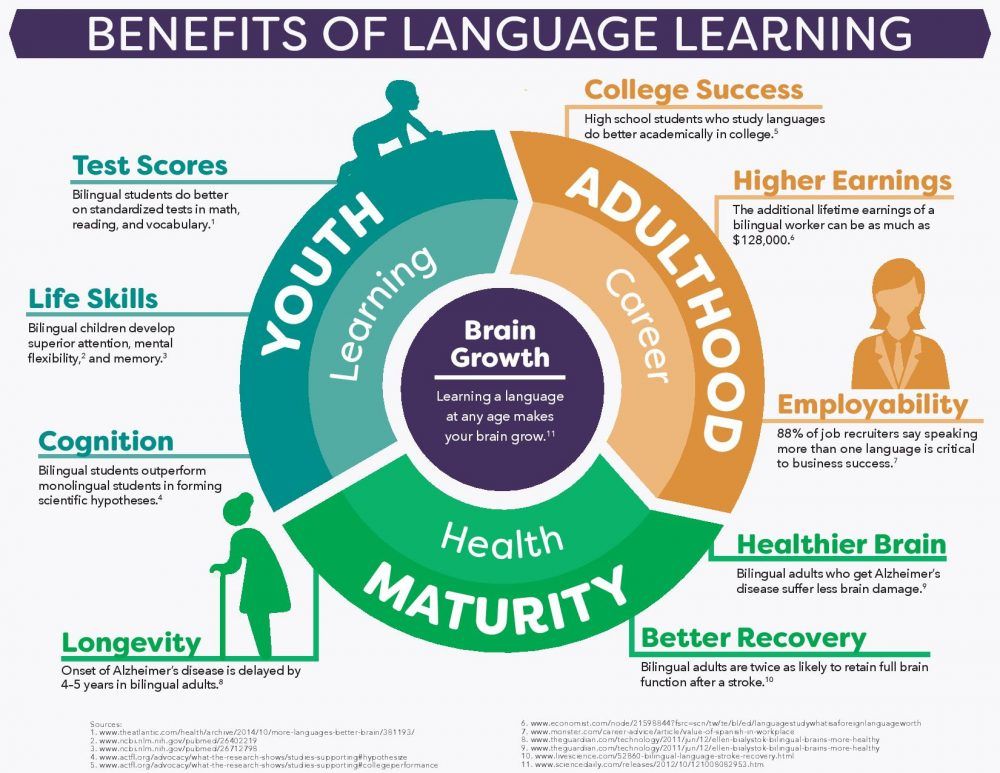
- To improve your speaking skills, communicate with foreigners or go to language courses. There are plenty of resources on the Internet for this (see below). The essence of this practice is that you are not afraid to make mistakes.
- Try to learn at least one new phrase every day, ideally from the list of most used phrases (see below).
Doing these five things, I started talking in just a couple of weeks. Of course, these were not the most intense conversations, but I practiced and every day I spoke better and better.
Pimsleur was recommended to me by many, but I haven't tried it (again, see below).
Resources
Free
- App: Duolingo
- Appendix: Memrise
- Article: Top 100 short phrases
- Video: 100 phrases to know (more complete list)
- Video: 100 phrases to know (fun list) 900 Language17 Website: freespanishtutorials.net Website
- Exchange (I used to have great results)
Paid
- Course: Pimsleur for Castilian
- Course: Pimsleur for Latin American
- Spanish Schools
- Spanish Teachers
#4.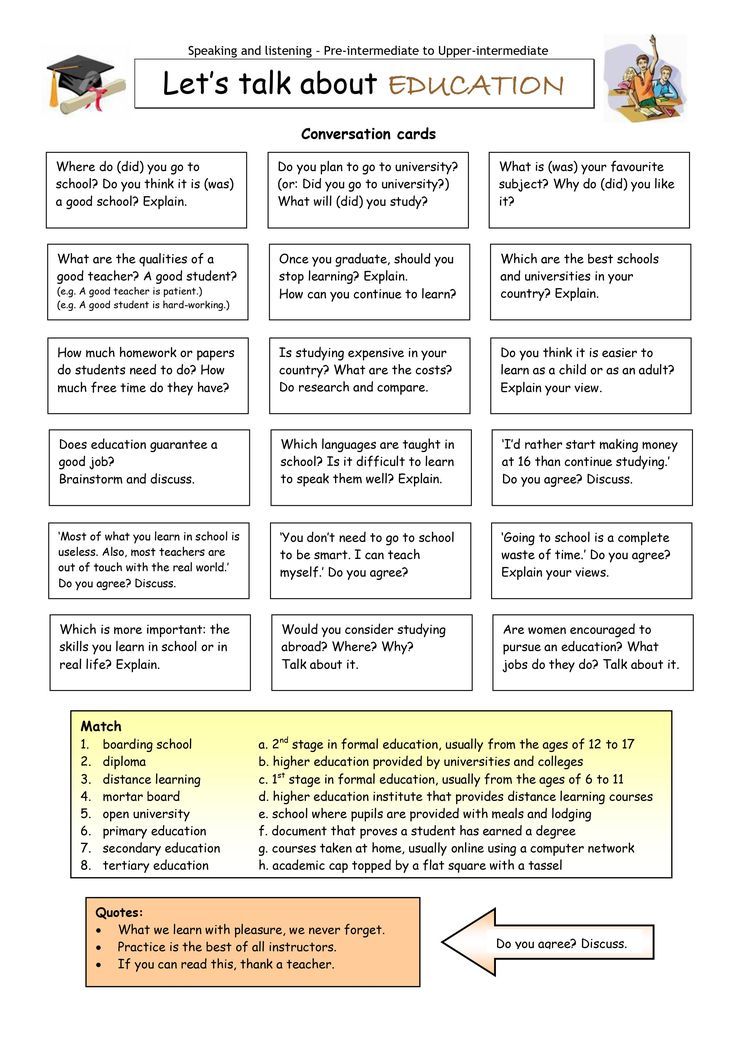 Programming Photo by Dlanor S on Unsplash
Programming Photo by Dlanor S on Unsplash My definition: Learn to write code to create software and hardware.
Programming is among the most popular skills for a reason. Many people want to learn how to create something from scratch, and programming provides such an opportunity. Programming is useful both in creating software and in developing computer equipment.
If you are not at all familiar with programming, this is the art of writing commands so that the “machine” does what we need. Without programming, there would be no computers.
- variables
- loops
- functions
- object-oriented programming (OOP)
- universal modeling language (UML)
- file systems
My story about programming
For those who don't know me: I am a programmer by profession. Now I am developing video games.
Since childhood, I have been interested in programming - I started playing video games before I could walk. This is no surprise today, but back then it was rare.
This is no surprise today, but back then it was rare.
When I got my first computer at the age of 13, I started developing video games in RPG Maker 1995. There was no programming involved, but I learned the concepts of logic and variables.
A few years later, I started using the BYOND (Build Your Own Dream) program and created the MMO game Final Fantasy Arena. Everything was written in code, which I did not really know then. The game became popular because people thought it was from the creators of Final Fantasy. Shortly after that, I was thrown out of the portal…damn.
You know the rest.
How to learn to program?
Programming can seem difficult at first. Many beginners give up quickly.
If you want to learn programming, you need to do it consciously. What do you want to create? Answer this question and everything will make sense. It will be difficult, but you will have strong motivation. When you create a working product, you will be so proud of yourself that your motivation will skyrocket.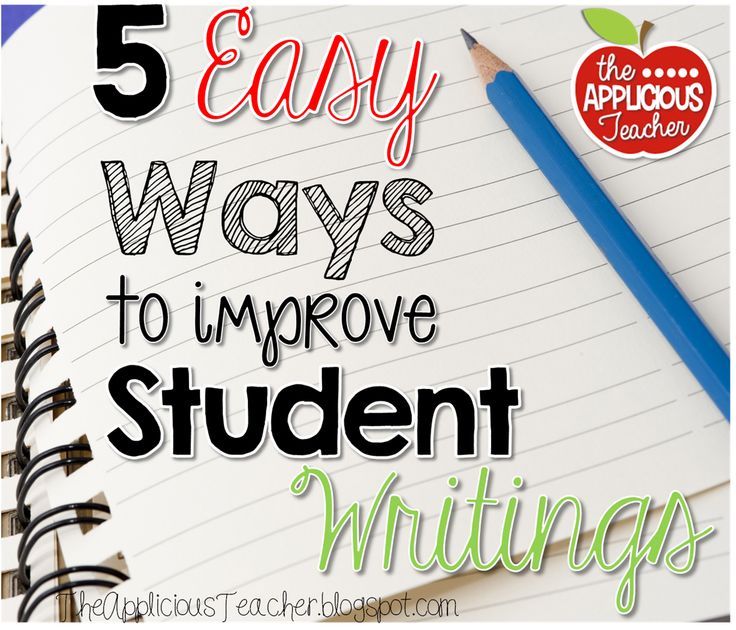
Take my story. If it wasn't for my passion for making games, I probably would have given up. Learning subskills and their components is very boring (and difficult). But when there is a dream, everything seems easier.
I suggest you just do what you want to do. Look for tutorials online and implement immediately. In the field of game development, the Unity tutorials (see below) are very helpful.
And to be honest, now is the best time to learn programming. You have access to so many cool resources - and it's completely free! But it's not even about resources, but about the fact that you can go to your goal and learn everything you need right along the way.
Resources
Free
- Website: Code Academy
- Website: Khan Academy
- Website: Free Code Camp
- Website: Unity Learn
- Article: 71 of the Best Places to Code To Free
- Website: StackOverflow (a programmer's best friend) )
Paid
- Site/Course: Lambda School
#3.
 Performing in front of an audience Photo by Clem Onojeghuo on Unsplash
Performing in front of an audience Photo by Clem Onojeghuo on Unsplash My definition: Learning how to perform in front of a crowd of people with ease.p
Public speaking involves a lot of skills! No wonder so many people struggle with public speaking! To some extent, this requires an ideal command of speech.
In addition, public speaking is associated with many fears: for example, fear of crowds or fear of failure.
Subskills:
- Pitch
- Tone
- Loudness
- Vocabulary
- Clarity
- Intros
- Conclusions
- Storytelling
- Speech rate
- Self-presentation
- Body language
- Audience engagement
- Creating visual support
- Controlling fears and nerves and more!
My public speaking story
I am an introvert and have never been eager to speak in public. At school, in an attempt to get rid of my shyness, I pretended to be confident in myself - and it worked!
In fact, I still use this technique.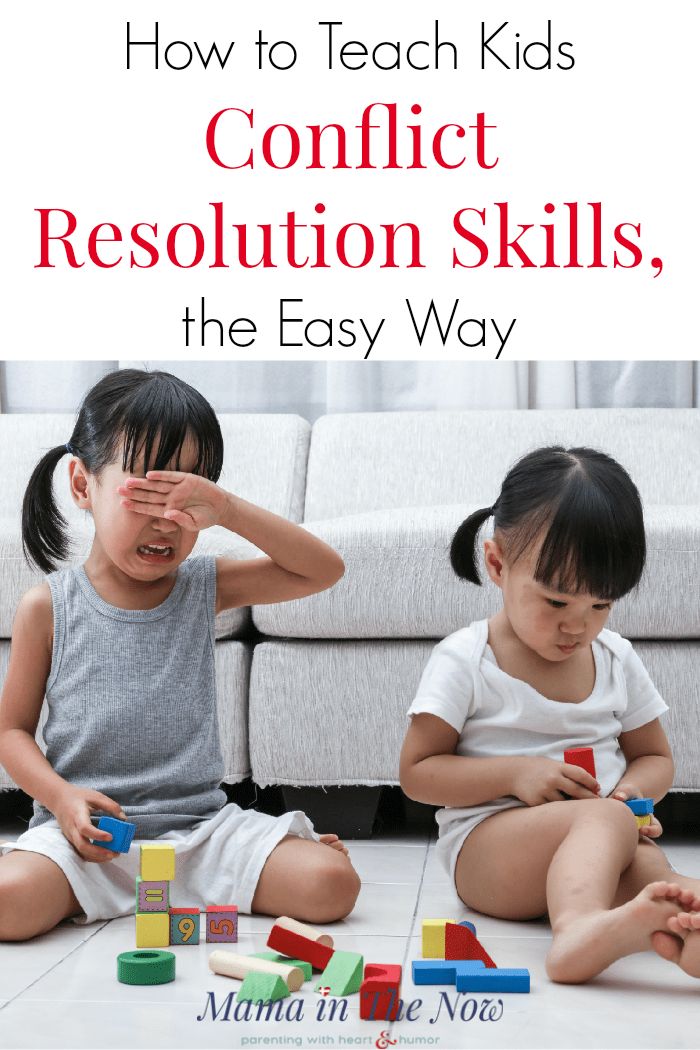 When I have to speak in front of a large audience, I pretend to be Tony Robbins.
When I have to speak in front of a large audience, I pretend to be Tony Robbins.
Really, is there anyone more relaxed in front of a large audience than Tony Robbins?
Before I started writing, I took two courses: storytelling and public speaking. Then I did not suspect that both skills would be useful to me when writing texts.
How to learn to speak in front of an audience?
Take every opportunity to speak to a group of people.
First, speak to your loved ones: family members and friends. Talk about what you are very passionate about. When you talk about your favorite things in the circle of your favorite people, fears will not get to you.
Accept that your first story will not be perfect. Notice people's non-verbal reactions. Watch how the level of interest changes from offer to offer.
Public speaking is all about constantly improving your stories.
My definition: Find out how learning happens in our brain.
Many people think they know how to learn, and most of them are wrong. We have never been taught how to study properly, and as a result, mastering some complex skills is given to us with great difficulty.
Before I started using the SkillUp method, I was terribly disorganized and had no motivation to learn new things. I always felt like I was moving slower than I should. But I did not give up - and soon learned that there are ways to learn faster and better.
Cunning
- SECRETION
- Know what to study further
- , To feel when you know
- EXTRIVE CUSTION
- Time and frequency of exercises - to increase the memorization of
- How to use habits in your interests
- of the technique many sub-skills)
- Coping with procrastination
- Visualization techniques (includes many sub-skills)
- Spaced repetition
- Principles of testing
- Understanding how it all manifests in the brain
- and much more!
My story about how to learn to learn
When I first started learning to learn, I had no idea where I was going. Over time, I realized how important it is to know the principles of how the brain works. Today I can learn something new much easier than before.
Over time, I realized how important it is to know the principles of how the brain works. Today I can learn something new much easier than before.
It may seem like it takes me 100% of my time to learn a new skill, but in reality I only practice 30 minutes every day. Usually 15 hours of deliberate practice is enough for me to master the necessary skill and feel quite confident in it
How to learn it?
It would take a whole book to teach you how to learn. To fit into the format of the article, I will give you a link to one of my stories. There I detailed the key aspects of learning to learn:
The 3 Most Important Skills to Learn Now to Thrive in 2019
First 8 hours:
Watch 30 minutes of the Learn to Learn course at 2x speed - that's enough for you for 16 days.
Resources
Free
- Article: The 30-Second Habit
- Article: The 5-Hour Rule
- Course: Learning to LEARN
Paid My definition: Learn to put ideas into text. For centuries, writing has been one of the most important skills. It is believed that this is the most effective way to transfer ideas from person to person. Communicating your thoughts through text is not as easy as it seems. The thing is that “on paper” there is no context (which complements and reveals our thoughts in the physical world). The author must be able to convey not only the idea, but also the accompanying details. Is the character sad, happy, or angry? It takes years of practice to learn how to convey all this in the text clearly and concisely. I never intended to write. But then, in January 2018, I decided that it was time to improve my writing skills - after all, this is such a powerful way to communicate both in life and in business. I started writing, and literally on the fifth day I was published on The Startup. After another 23 days, I hit the top 7 categories. I got a bunch of comments from readers and started to enjoy the process. I was going to pee for 30 days and stop the practice, but things went so well that I decided to keep going. And now it's been 12 months since my first publication on Medium, and I'm writing this article. As with any other skill, we learn through action. But here's my advice: write publicly. Learning is more effective when people see your work. This encourages you to dig deeper and try harder. Create a blog and post regularly. Publish posts at least once a day, even if you are unhappy with the result. You don't force anyone to read. First 8 hours: Write 300 words a day for 30-45 minutes a day for 12-16 days. Publish what you have written. Freeware Paid A lot of what I know about blogging on Medium I learned from these cool authors: Dave Schools and Anthony Moore. In the book, the author offers a pragmatic view of what people in the age of machines need to do in order to be indispensable. I hope this article will help you master the skills that are popular in 2019. Any of these skills can be turned into a profession, but they are also useful in related fields. In addition, the learning process itself is very exciting if you have the right mindset. Below I have put together some universal tips to help you master any of the skills. Start learning each skill by mastering the sub-skill that you find most useful. Use resources from the list or find them yourself. I also want to emphasize that learning new skills does not have to be boring and time-consuming. And you will be surprised how much you can learn in literally 15-20 hours of conscious practice! Here I am dancing salsa after 18 hours of practice: Learning all these skills has completely changed my life. I am no longer shy. I became more open and interesting. I communicate on a deeper level. I earn more. I became healthier and happier. And I wish you the same. So start your journey now. Be who you want to be. It all starts with learning one simple skill. Welcome to our club! You will definitely succeed!

Subskills
My writing story
 If you had asked me a year ago what I thought about writing, I would have said: “This is not for me.” I am a computer programmer. I only write code and I love it.
If you had asked me a year ago what I thought about writing, I would have said: “This is not for me.” I am a computer programmer. I only write code and I love it. How to learn to write?
 There is responsibility. You get feedback from readers and improve your skills.
There is responsibility. You get feedback from readers and improve your skills. Resources
More to read about developing skills 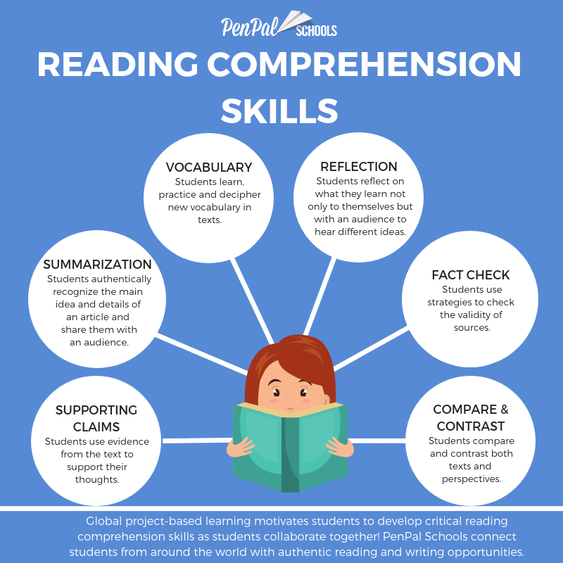 An interesting study of the secrets of people and companies successfully coping with technological change, as well as a set of tips on what to look for when developing skills.
An interesting study of the secrets of people and companies successfully coping with technological change, as well as a set of tips on what to look for when developing skills.
Conclusion
Appendix A: 14 Universal Tips for Mastering Most Skills




